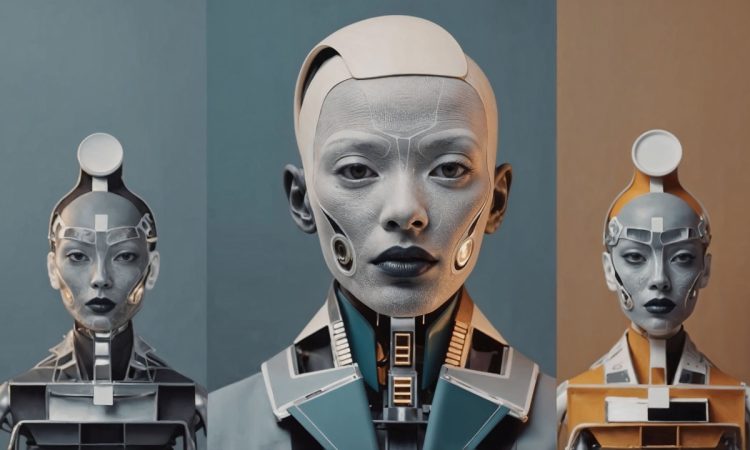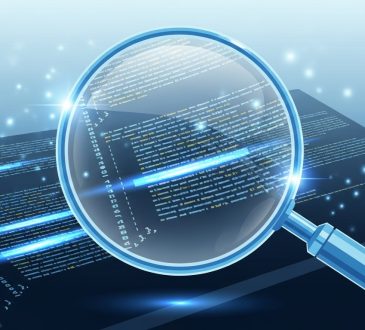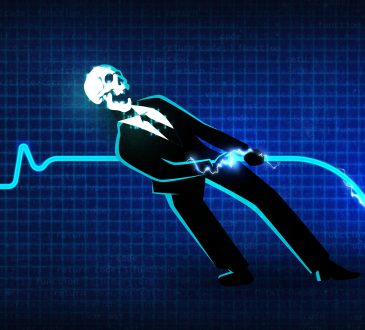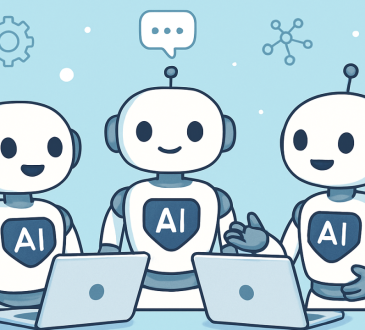
Artificial Intelligence (AI) has come a long way from being a futuristic idea. In 2025, AI isn’t just a tool anymore—it has become a vital part of our everyday lives, transforming industries, healthcare, education, scientific research, and even urban infrastructure. This year has been remarkable, with breakthroughs in quantum computing, generative AI, robotics, and autonomous systems, reshaping how humans interact with technology.
Quantum Computing: Unlocking the Secrets of Nature
Quantum computing is making waves in 2025, pushing the limits of what’s computationally possible. A major milestone this year is the achievement of “quantum advantage” by a leading tech firm. This means quantum processors can solve highly complex problems much faster than traditional supercomputers—potentially thousands of times quicker.
Key implications include:
- Drug discovery: AI-driven simulations can accelerate the development of new medicines.
- Materials science: Scientists can design advanced materials more efficiently.
- Climate modeling: Faster computation allows better predictions and planning.
Experts say these advances could drastically shorten innovation cycles, enabling discoveries that once took years to happen in just months.
Open-Source AI: DeepCogito v2
The open-source AI community is also advancing rapidly. The release of DeepCogito v2 is turning heads with its sophisticated reasoning and long-term planning capabilities.
Why it matters:
- Transparency: Researchers can see and understand how the AI makes decisions.
- Adaptability: Developers can tweak its structure and test it on diverse challenges.
- Performance: Excels in abstract reasoning and complex problem-solving.
This model showcases how open-source AI can democratize access to high-level artificial intelligence, encouraging collaboration and innovation worldwide.
Generative AI: SCIGEN and Material Innovation
Generative AI has become a game-changer in material science. Tools like SCIGEN help AI create materials with specific, desired properties. By combining design principles with generative models, SCIGEN can produce structures with unique characteristics.
Potential breakthroughs include:
- Advancements in quantum computing components.
- New electronics and energy materials.
- Novel sustainable materials for future technologies.
This shows how AI doesn’t just assist researchers—it expands the boundaries of what’s scientifically possible.
AI in Robotics: Figure 03 and Domestic Automation
Robotics is evolving alongside AI, particularly with humanoid robots. The launch of Figure 03 by Figure AI introduces robots capable of both domestic and industrial tasks.
Features include:
- Enhanced dexterity for handling objects.
- Improved memory for complex task execution.
- Natural voice interaction for user-friendly operation.
While not yet ready for everyday household use, Figure 03 represents a significant step toward robots that assist humans safely and efficiently in daily life.
AI in Finance: Ryt Bank Launches
Finance is experiencing a revolution thanks to AI. Malaysia’s Ryt Bank, the nation’s first AI-powered bank, leverages AI to improve customer service, streamline operations, and provide real-time financial guidance.
Impact:
- Optimized banking efficiency.
- Smarter financial decision-making for customers.
- A trendsetter in AI integration for global finance.
AI-Powered Transportation: Smart Mobility in Dubai
Urban transportation is getting a futuristic makeover. Dubai unveiled its AI-powered Trackless Tram, showcasing AI-driven urban mobility solutions.
Key benefits:
- Optimized route planning to reduce congestion.
- Advanced safety features for passengers.
- A sustainable model for modern cities.
Initiatives like this highlight how AI is transforming public infrastructure for efficiency and sustainability.
AI in Scientific Research: Lila Sciences’ Superintelligence
AI is pushing the boundaries of scientific discovery. Lila Sciences raised over $100 million to expand its scientific superintelligence initiative.
Approach:
- Combines specialized AI models with automated labs.
- AI-driven research facilities can run experiments continuously.
- Shortens the timeline from hypothesis to discovery in pharmaceuticals and biotechnology.
This is a glimpse into the future where AI actively accelerates scientific innovation.
AI in Education: Personalized Learning
Education is becoming smarter with AI. AI-powered tutoring systems provide personalized learning experiences, adapting to each student’s pace and style.
Benefits include:
- Real-time feedback for faster learning.
- Tailored study plans for individual needs.
- Reduces teacher workload while improving outcomes.
AI’s role in education could help close learning gaps and make quality education more accessible globally.
AI in Healthcare: Precision and Efficiency
Healthcare is one of the most impactful areas for AI. From diagnosing illnesses to assisting surgeons, AI improves accuracy and efficiency.
Applications:
- Predictive analytics for early disease detection.
- Robotic surgery for precise operations.
- Personalized treatment recommendations for patients.
These technologies enhance patient care, reduce costs, and allow healthcare professionals to focus on high-value medical tasks.
AI in Climate Change Mitigation
AI is helping fight climate change. Advanced models analyze environmental data to:
- Predict climate patterns accurately.
- Optimize renewable energy systems.
- Recommend sustainable industrial and urban practices.
By leveraging AI, scientists and policymakers can make better decisions to protect ecosystems and reduce carbon emissions.
Looking Ahead: The Future of AI
The trajectory of AI in 2025 points toward a future where intelligent systems seamlessly integrate into all aspects of human life. Experts predict superintelligent AI could emerge within the next decade, surpassing humans in multiple domains.
Key focus areas for the future:
- Collaboration between humans and AI.
- Ethical and safe AI integration.
- Personalized AI devices and adaptive systems.
Rather than replacing humans, AI aims to augment human capabilities, creating opportunities for unprecedented innovation and problem-solving.
Conclusion
AI breakthroughs in 2025 are transforming the world as we know it. From quantum computing and generative AI to robotics, finance, healthcare, education, and climate solutions, AI is proving to be a truly transformative force. These developments enhance productivity, innovation, and quality of life, ushering in an era where humans and intelligent systems collaborate in remarkable ways.




